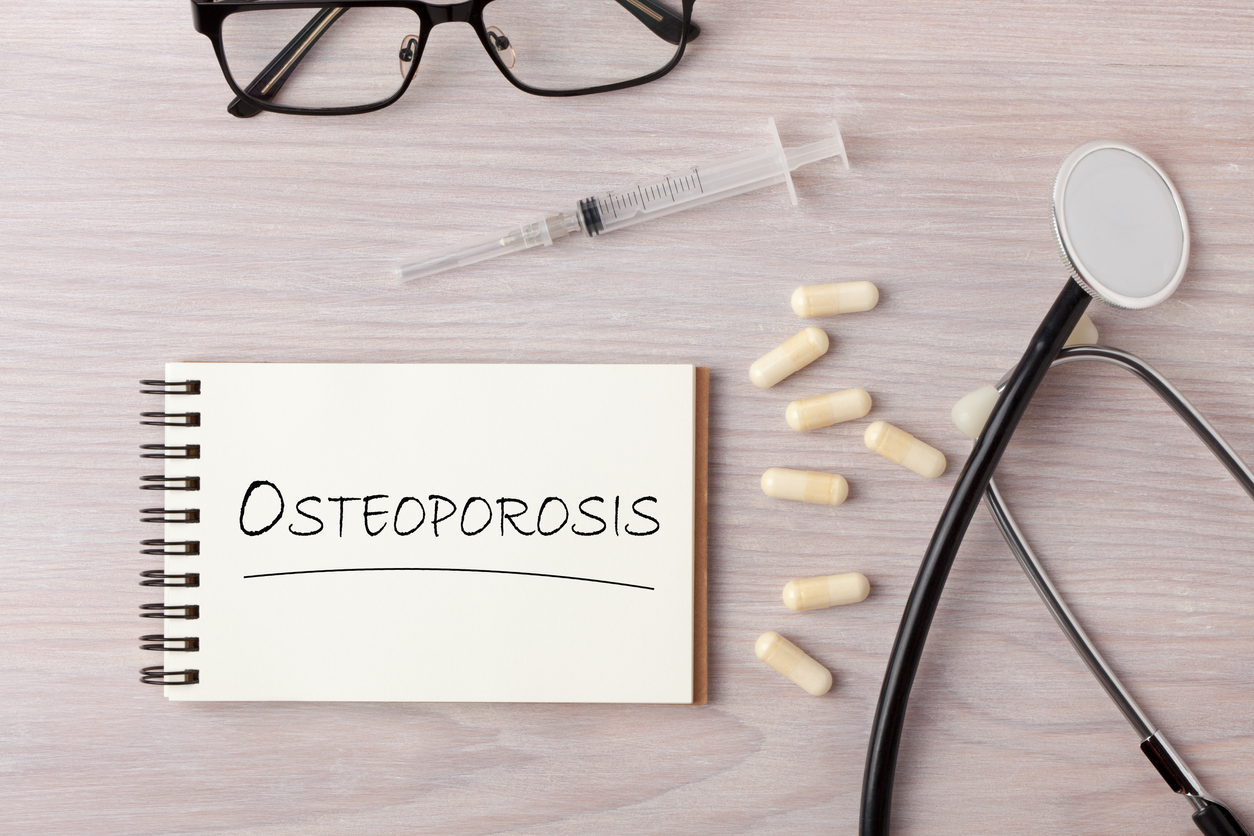Pain
Progression and Possible Complications of Osteoporosis

What is osteoporosis?
Osteoporosis is a condition that causes porous bones. The inside of a bone resembles a honeycomb. Osteoporosis causes this “honeycomb” spacing to increase, resulting in lost strength and density. The outside of the bones become brittle and weak.
This risk of fractures and breaks is increased with osteoporosis. An activity as simple as walking can cause a bone to fracture. In severe cases of osteoporosis, bones may become so brittle that a break can occur simply from coughing or bending the body. The bones most commonly affected by osteoporosis include the ribs, hips, wrists and spine.
Progression
At approximately 30 years of age, bones begin to lose density at a higher rate than they can be replaced. Symptoms are typically unnoticeable. Diagnosis may be osteopenia or low bone mass. With the normal aging process, osteoporosis progresses as the body struggles to replace lost bone mass. During the later stages of osteoporosis, symptoms become evident. They include frequent fractures, poor posture, loss of mobility, etc. Postmenopausal females may have a spike of bone loss for several years, causing the disease to progress at a faster rate.
Complications
Many complications can result from osteoporosis. They include, but are not limited to, the following:
- Bone fractures
Osteoporosis greatly increases the risk of bone fractures, especially in the spine or hip. Hip fractures are serious and increases the risk of death within the first year following a broken hip. - Poor posture
Many fractures occur as a result of a fall, but with osteoporosis, spinal fractures can also occur without a fall. When the vertebrae weaken, portions may collapse and cause poor posture. - Pain
Osteoporosis can result in pain: often this is experienced as back pain where a fracture has occurred. Although less common, individuals may also experience nerve root pain. - Limited mobility
Osteoporosis can negatively impact independent movement. Weakening of the bones can cause recurring fractures and increase the amount of pain experienced on a day-to-day basis. Therefore, daily activities can become difficult to complete without assistance. Mobility aids may be beneficial. - Depression
As a result of losing independence and becoming isolated due to osteoporosis, depression may develop. This results in difficulty seeking and completing treatment plans. - Respiratory or cardiovascular issues
The hunched-over position that frequently accompanies osteoporosis can shorten the torso and compress the abdomen. This can cause complications in both the cardiovascular and respiratory systems. - Height loss
As osteoporosis causes the spine to weaken, vertebral fractures may occur. This can lead to a decrease in height.
















